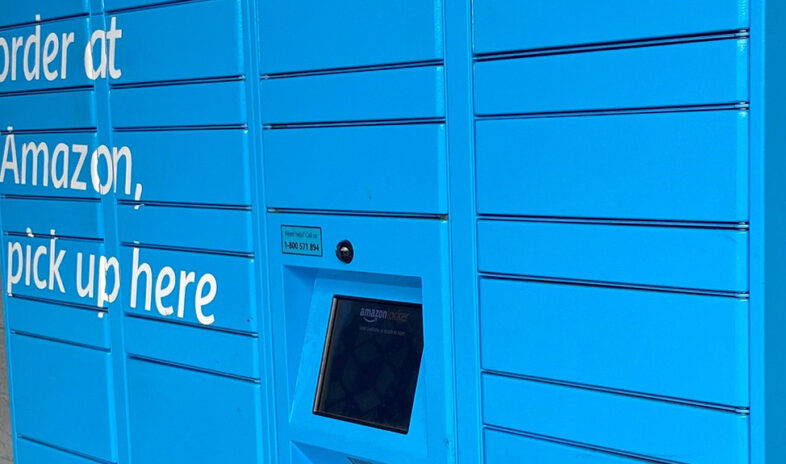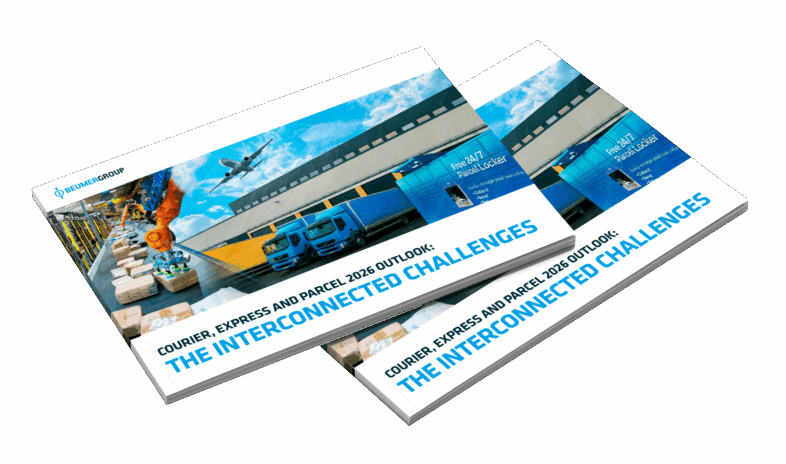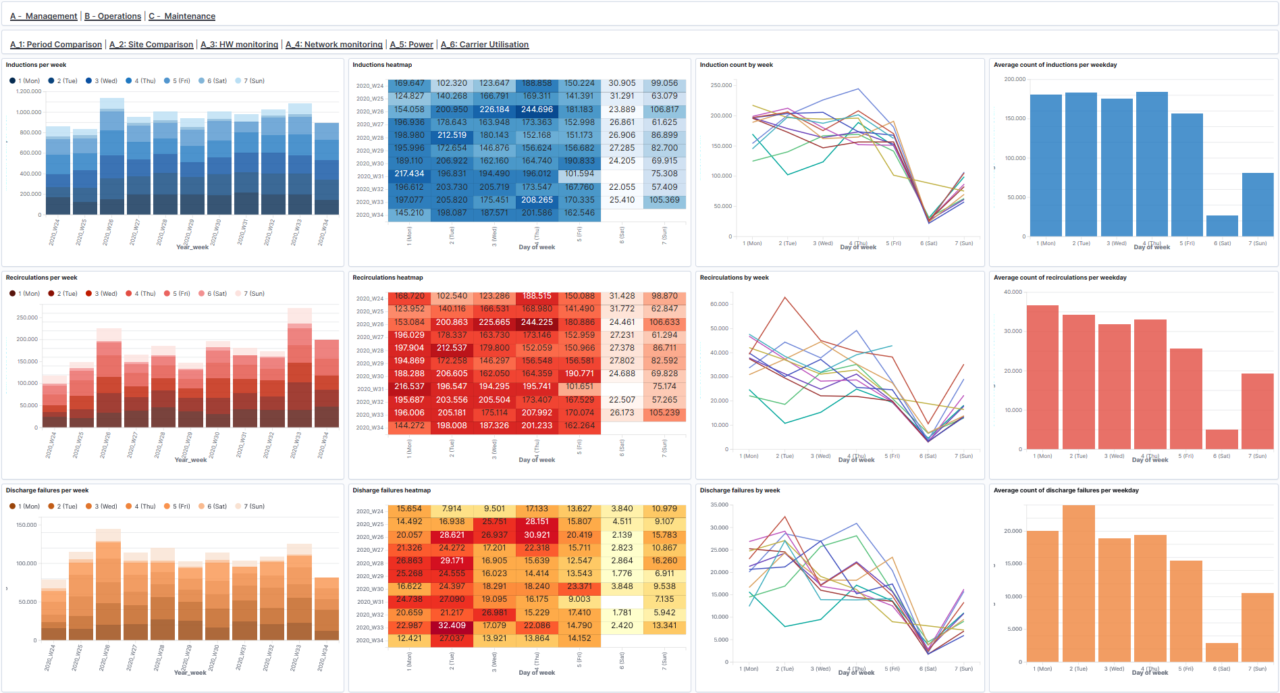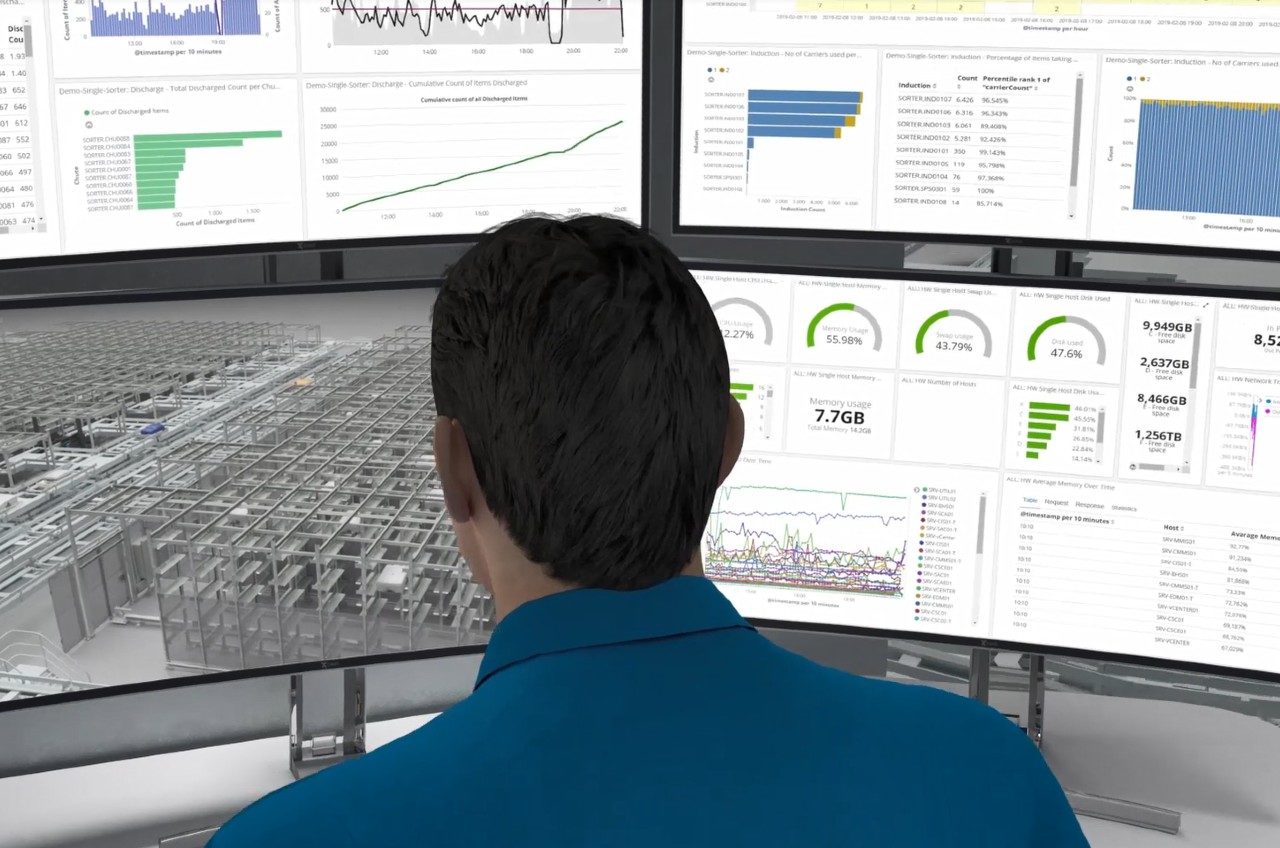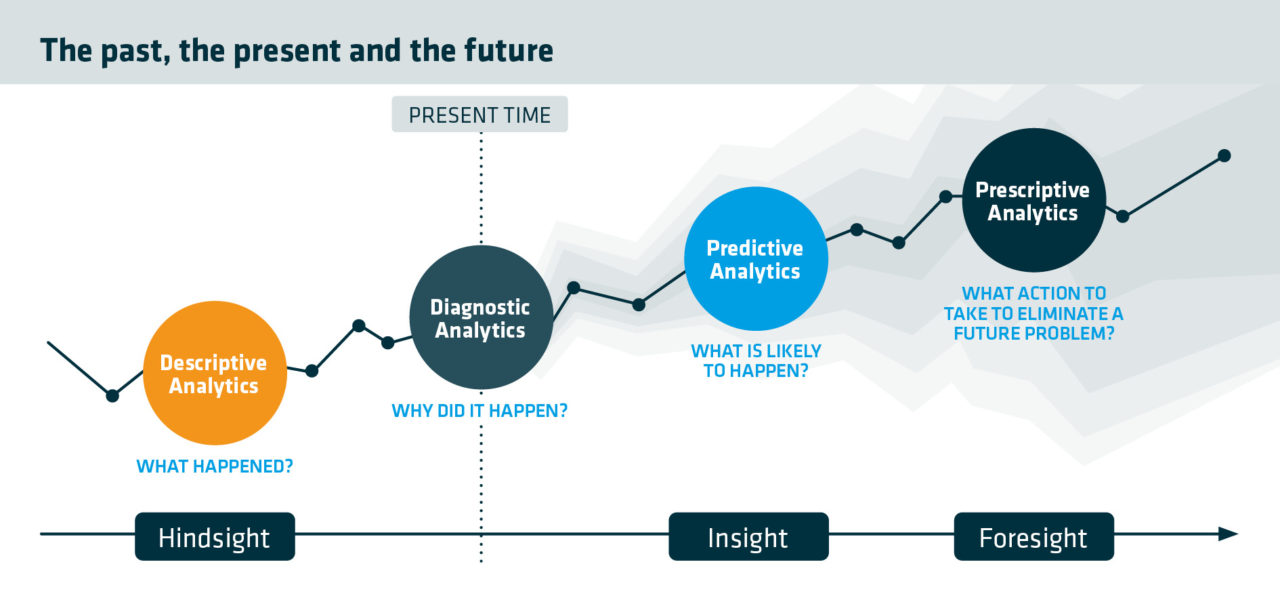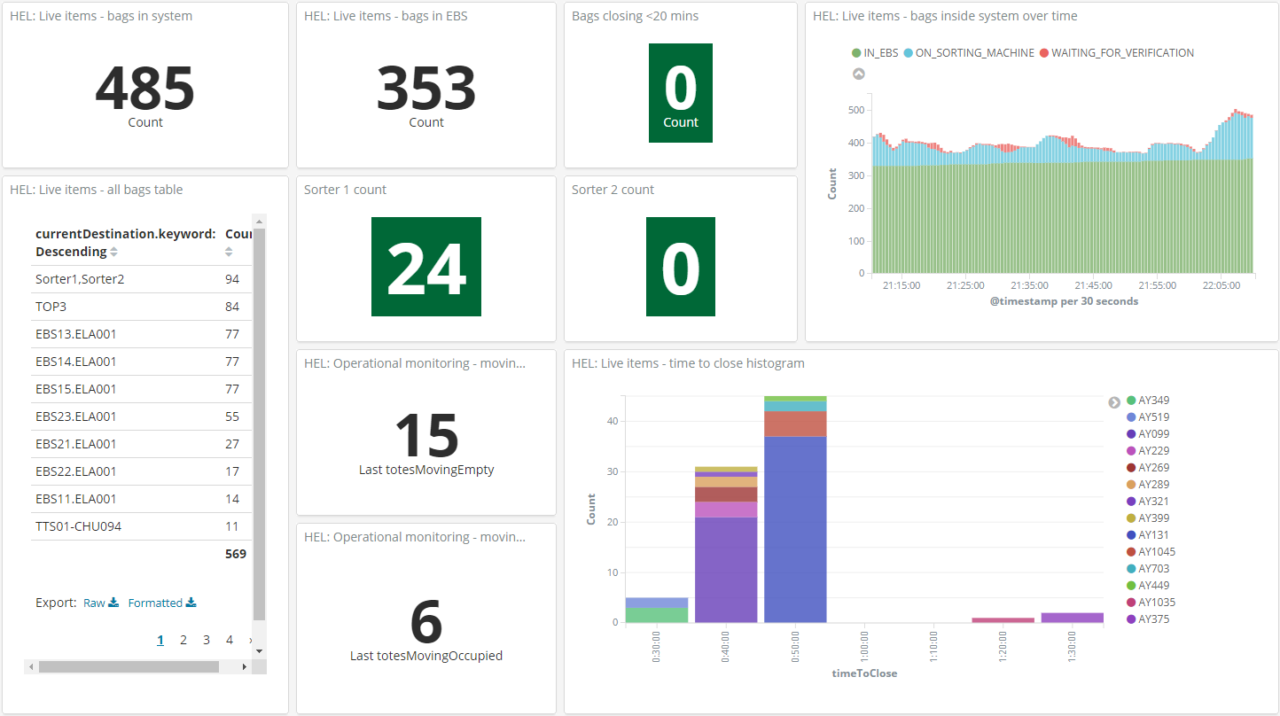Provide real-time management
Data analytics can help with operational forecasting, such as preparing for peaks and providing an overview of maintenance. It enables management to structure the entire BHS operation around data-based insights that wouldn’t otherwise be recognised. By comparing data from previous baggage handling “production days” and forecasting future productions, management can learn from previous experience to improve future operations and settle on the best use of resources. Management will be able to forecast every aspect of their operations, such as baggage volumes, peak season volumes and maintenance needs. Data analytics gives management a unique opportunity to plan for the future and optimise its operations and maintenance resources on the basis of these real-time and transparent insights.
In the future, airport BHS management will need to become better at learning from experience and planning future baggage handling production. But in order to do this, it requires a detailed and accurate assessment of past and future production.
Thankfully, this is exactly what data analytics provides.
Download the whitepaper “The ultimate Baggage Handling System pulling airports into the future.”
How machine learning adds to analytics and OPEX reduction potential
Businesses are increasingly using machine learning technologies to take data analytics to another level. In baggage handling systems, too, machine learning has the potential to play a big role in reducing OPEX costs. Often, traditional data analytics can be static and limited when addressing fast-changing and unstructured data. There may be a need, for example, to identify correlations between dozens of sensor inputs and external factors that quickly produce millions of data.


